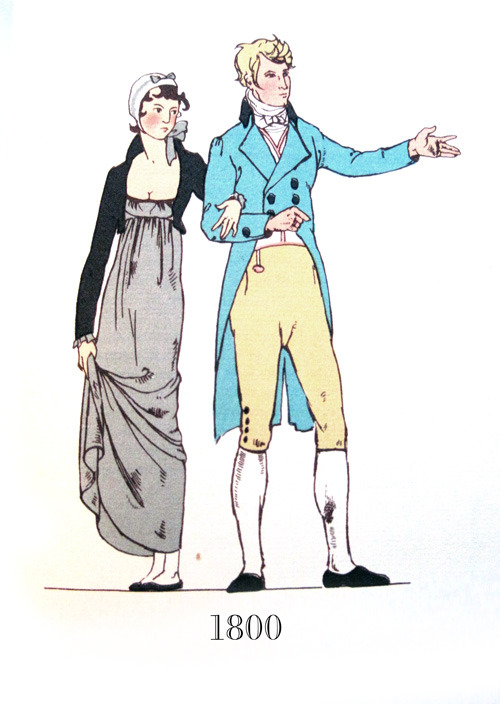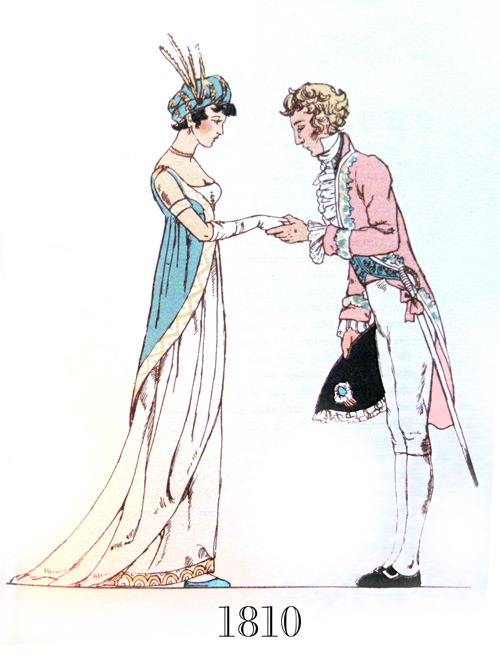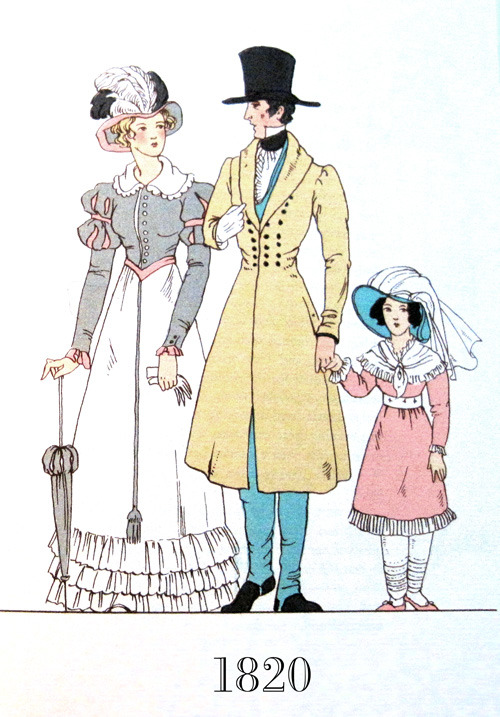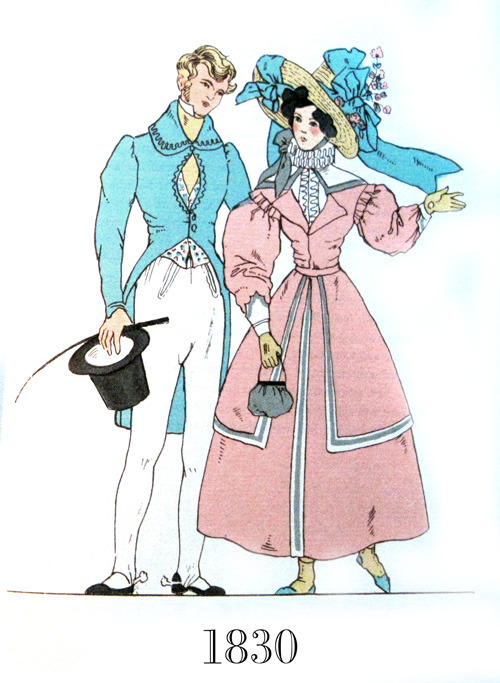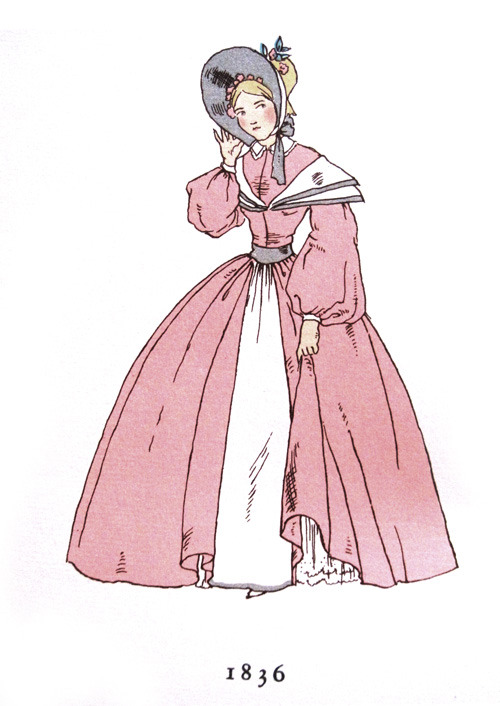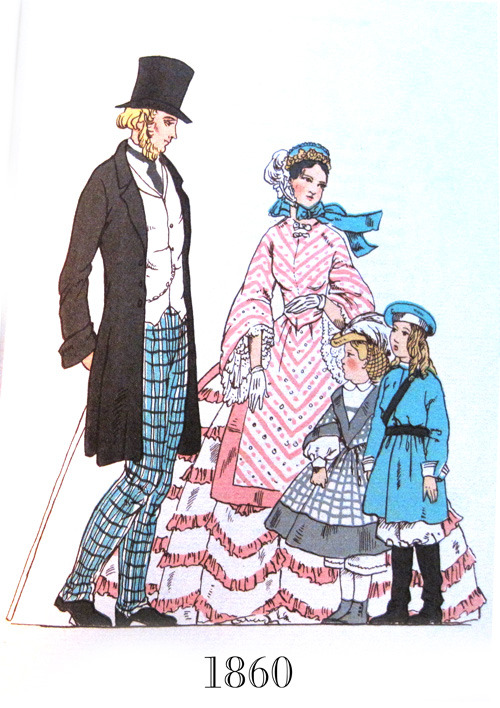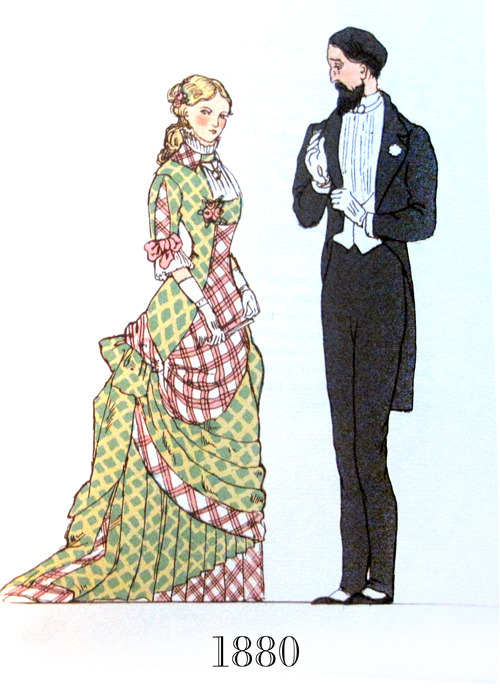17th Century - Blog Posts

.................................









ukrainian clothes of 17-19 century by zinayida vasina

from the wikipedia page of Guarino Guarini. I like how in that era, their culture was about being a polymath and intellectuals were expected to speculate on so many different topics. It would be interesting if it were like that today. Athanasius Kircher must be the ultimate example of this.
Maybe 'living life as art' is a reincarnation of this ideal.

Living Room - Farmhouse Living Room

16th/17th century queen.
Elizabethan Jewelry Chains
Let’s talk Elizabethan shiny things!


Left: Portrait of a Nobelwoman in a cartwheel ruff, attributed to John Bettes the Younger, 1585 Right: Portrait of a Lady Aged 21, Unknown Artist, c.1590
Specifically, I want to talk about jewelry chains. They were often worn just like necklaces, but they were also draped around the shoulders or draped in loops at the front of the bodice. They could be extremely long – one found in the Cheapside Hoard was 8 feet long!
These chains are featured heavily in portraiture from the 16th and 17th centuries, and thanks to the Cheapside Hoard, we have quite a few extant examples of these jewelry chains.

The Cheapside Hoard was found during the demolition of a house near St. Paul’s Cathedral, back in 1912. As they broke through the floorboards of the house and into the much older basement, they discovered a cache of over 500 pieces of late Elizabethan and early Stuart-era jewelry. The jewels featured emeralds from Columbia, diamonds and rubies from India and Burma, ancient Egyptian and Byzantine jewels and coins, as well as delicate gold and enamelwork crafted by the goldsmiths in London. At the time, Cheapside was London’s main shopping center and the home to the majority of the goldsmiths. It’s thought that the hoard was buried to keep it safe, possibly during the English Civil War.
I set out on a hunt to find jewelry bits that resembled the links we see in the Cheapside Hoard pieces. Amazingly, I came across some suitable pieces on AliExpress!


Left: Chain from AliExpress Right: Detail of Cheapside Hoard chain, Museum of London
I didn’t set out to copy any one chain from the Hoard, but instead used the shapes and sizes of those chains to help guide me while I was buying my bits and pieces.

Finding the suitable pieces was really the most difficult part of making these chains. Once everything arrived, assembly was quick and simple.

I ended up with quite a variety of finished chains. None of them are as long as their cousins in the museums, but I think they’re a good start to my Elizabethan jewelry collection, and will definitely grace the front of many a bodice at future events.



Bibliography:
Cheapside Hoard Chains, London Museum —Enameled Chain of Flowers, Bows, and Leaves https://www.londonmuseum.org.uk/collections/v/object-119591/enamelled-chain-of-flowers-bows-and-leaves/ —Enameled Floral Chain https://www.londonmuseum.org.uk/collections/v/object-119585/enamelled-floral-chain/ —Diamond and Enamel Chain https://www.londonmuseum.org.uk/collections/v/object-119584/diamond-and-enamel-chain/
Cheapside Hoard Chian, V&A Museum —Chain, 1590-1620 https://collections.vam.ac.uk/item/O74076/cheapside-hoard-chain-unknown/
Forsyth, H. (2013). London’s Lost Jewels: The Cheapside Hoard. Philip Wilson Publishers.
Wheeler, R. M. (1928). The Cheapside Hoard of Elizabethan and Jacobean Jewelry. Antiquity: A Review of World Archaeology, 2(8). https://www.cambridge.org/core/journals/antiquity/article/abs/the-cheapside-hoard-of-elizabethan-and-jacobean-jewellery-by-r-e-mortimer-wheeler-london-museum-catalogues-no-2-1928-1s/1E585E583A88D8B55DB29EE30B85D79E
Ganoksin. (2016, October 19). The Cheapside Hoard – Ganoksin jewelry making community. https://www.ganoksin.com/article/the-cheapside-hoard/
Hackenbroch, Y. (1941). A jewelled necklace in the British Museum. The Antiquaries Journal, 21(4), 342–344. https://doi.org/10.1017/s0003581500048381 https://www.cambridge.org/core/journals/antiquaries-journal/article/abs/jewelled-necklace-in-the-british-museum/965C70079702E42C7096519CBF7A8470
I do not knit, but I have seriously considered learning how, exclusively so I could make one of these.
We have a surprising number of these knitted jackets in museums, most of them of Italian origin, most likely from Naples or Venice. According to the V&A, it seems that they were made in workshops as individual panels that were sold as sets that could be sewn together at home. I'm partial to the green and gold ones, like this one from the Cleveland Museum of Art.





Knitted Jacket
1600s-1690s
Italy
Knitted silk jackets were fashionable in the early 17th century as informal dress. This example is very finely knit by hand in plain silk yarn and silk partially wrapped in silver thread, in contrasting colours of blue and yellow. Characteristic of this style of jacket, it has a border of basket weave stitch and an abstract floral design worked in stocking and reverse stocking stitches. The pattern imitates the designs seen in woven silk textiles. The jacket is finely finished with the sleeves lined in silk and completed with knitted cuffs. Along each centre front, a narrow strip of linen covered in blue silk has been added, with button holes and passementerie buttons, worked in silver thread. The provenance of the jacket indicates that it is probably Italian.
Victoria & Albert Museum (Accession number: 473-1893)




Was sifting through some late 16th/early 17th century stammbucher (basically little scrapbooks that people would collect cards, stamps, drawings, etc in, especially while travelling; their friends and family could also add little entries to your book, like memories, poems, drawings, or well wishes) in online libraries, and thought I'd share some fun images of people doing who knows what. Bowling for ladies? Running from cupid and getting tied to trees for it? Rolling around your really bendy dude? Just another Tuesday in 17th century Germany.
Happy National Bat Day! Here’s a happy little bat embroidery pattern from the 1632 pattern book “The Schole-House for the Needle.”


Vento Aureo • 1600 AU (JJBA) 🇮🇹⚜
Bruno Buccellati × Leone Abbacchio
(Reference: Henry John Stock "The kiss" (1894)


The Rape of Proserpina, 1621-1622 Marble
Height 225 cm
Gian Lorenzo Bernini (1598-1680)
Galleria Borghese, Rome



